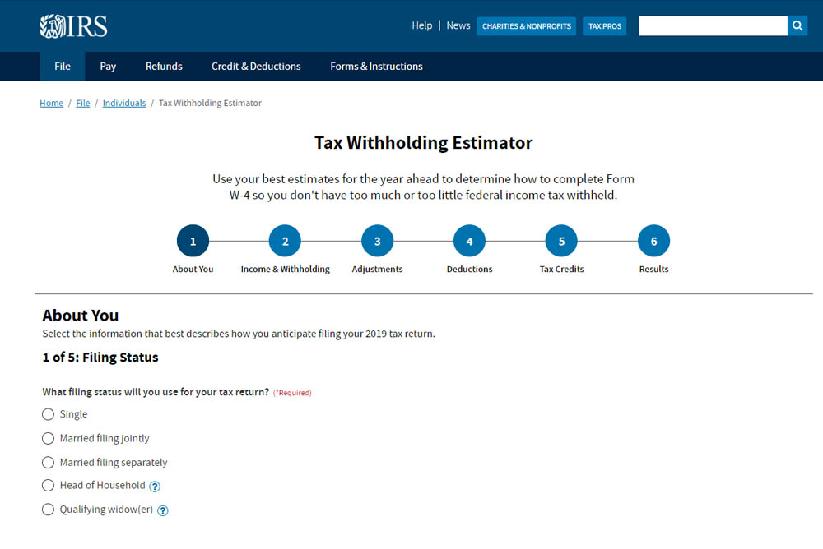Tax-Deferred vs. Tax-Free Investments
Published:
When investing your money it is essential to be fully aware of the tax implications. Investments are taxed differently, and you need to do what you can to save as much money as possible. With the right tax calculator you can compare tax-deferred and tax-free investments to ensure that you are making all the right moves with your money.
A quality tax calculator will help you compare a fully-taxable investment to an investment with tax advantages. For instance, you may have an investment account that is not taxed until the funds are withdrawn. Or, you might be considering an investment that is exempt from state and federal income taxes. A tax calculator can compute your investment growth for these types of accounts, compared to the investment growth of a fully-taxable account.
By considering all the possible situations and using a tax calculator, it is easier to see where your money should be invested based on the financial goals you are trying to accomplish.
TAX CALCULATOR: Compare Taxable, Tax-Deferred And Tax-Free Investment Growth
The tax calculator above helps you understand how different types of investments are taxed. There are seven parts to this tax calculator:
Part 1 ? Current Investment Balance (as a dollar amount)
Part 2 ? Annual Contributions (as a dollar amount)
Part 3 ? Number of Years to Invest (20-year maximum)
Part 4 ? Return on Fully-Taxable Investment (before taxes, as a percentage)
Part 5 ? Return on Tax-Deferred Investment (before taxes, as a percentage)
Part 6 ? Return on Tax-Free Investment (as a percentage)
Part 7 ? Marginal Tax Bracket (your income level determines your tax bracket, which determines your income tax rate)
Once you have all of your information plugged into the tax calculator, you can hit the ‘Submit’ button to see your results.
The tax calculator’s results will show you what you can except to accumulate for your fully-taxable investment account, tax-deferred investment account, and tax-free investment account. As you compare the potential account value for each type of investment, you should be able to identify the best investment vehicle.
In addition generating the standard numeric results, this tax calculator will also generate a bar graph comparing each option for you.
The Investment Growth Tax Calculator will also produce a year-by-year breakdown of how much money you could accumulate based on the type of investment. This allows you to see the amount you started with, how it will grow over the course of your investment, and what the end value will be.
Rather than guessing which type of account is best to invest your money in, you consider using a tax calculator for more precise answers. Even if you do not have exact numbers on-hand, you can put estimates into the tax calculator to get an idea of the differences between each investment account.
Comparing the investment growth of differently-taxed accounts is much easier when you have a tax calculator as an extra resource.



